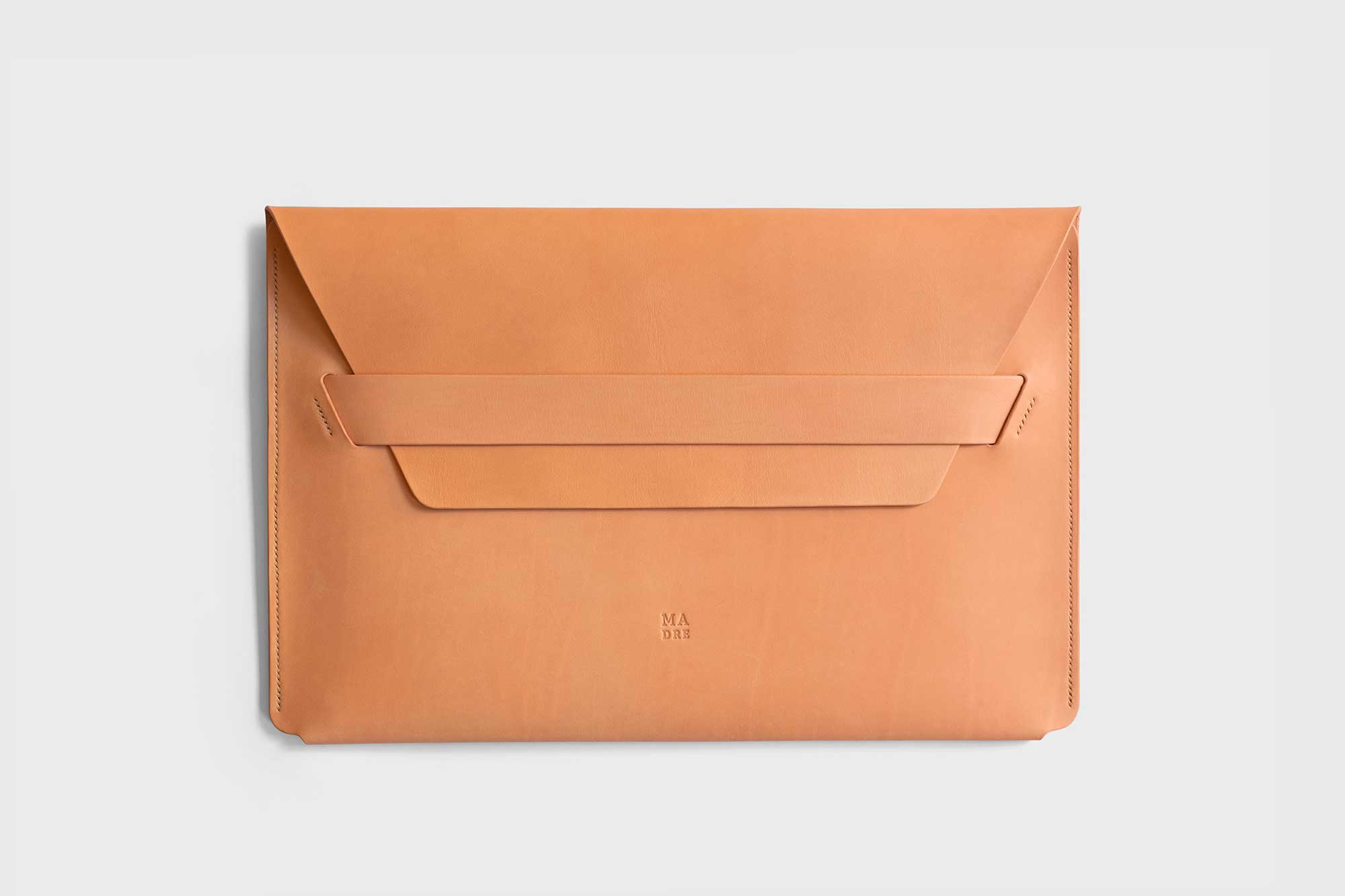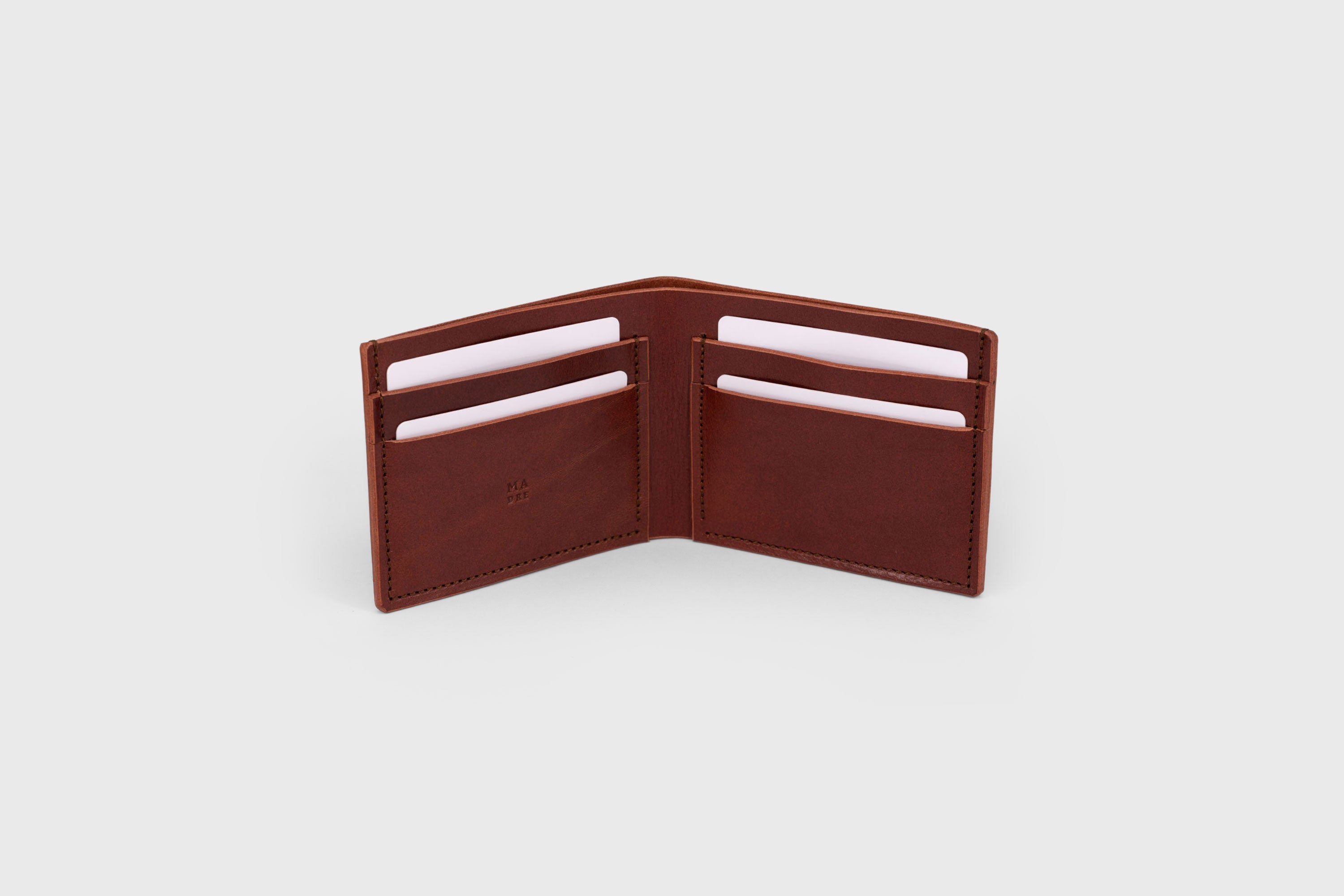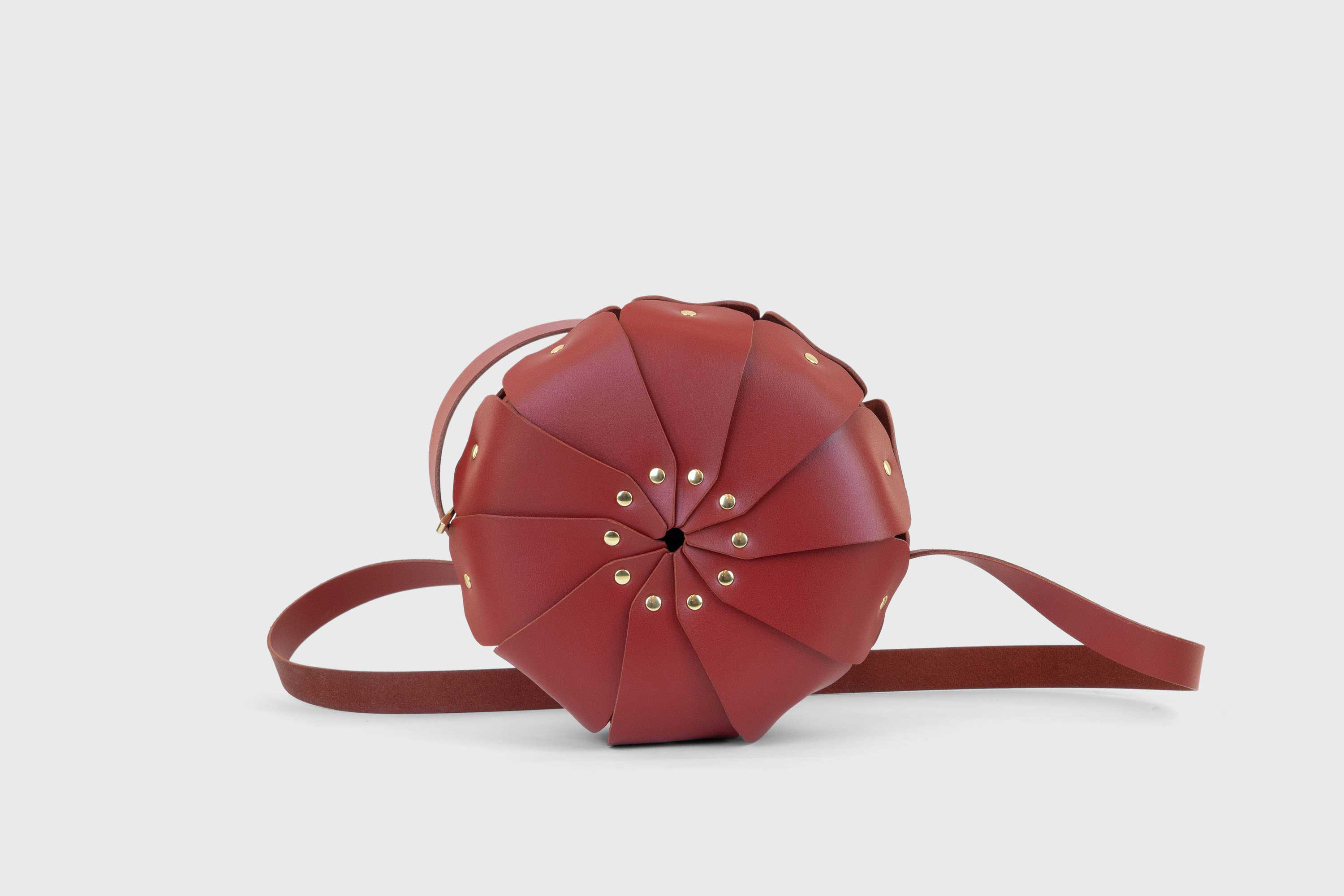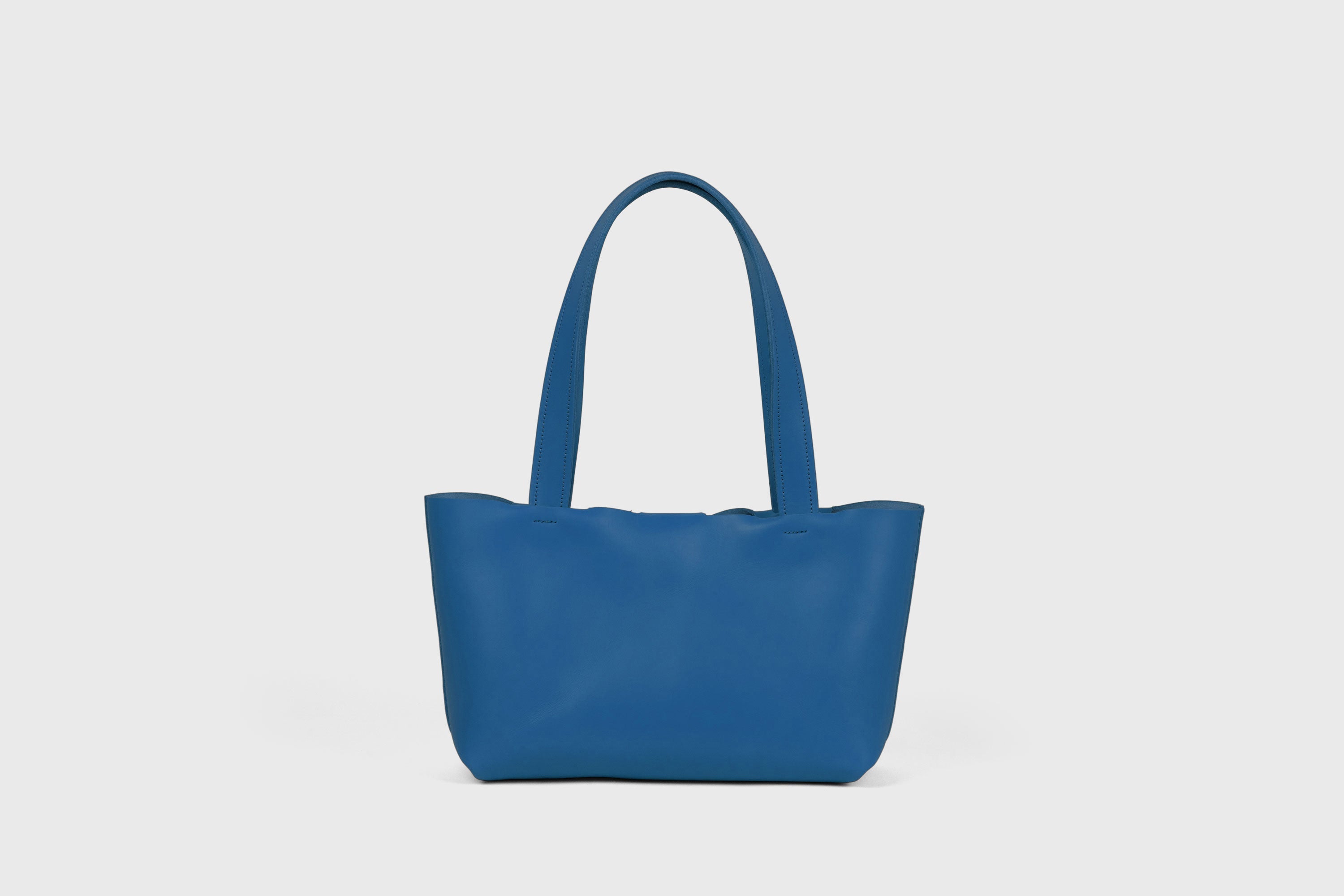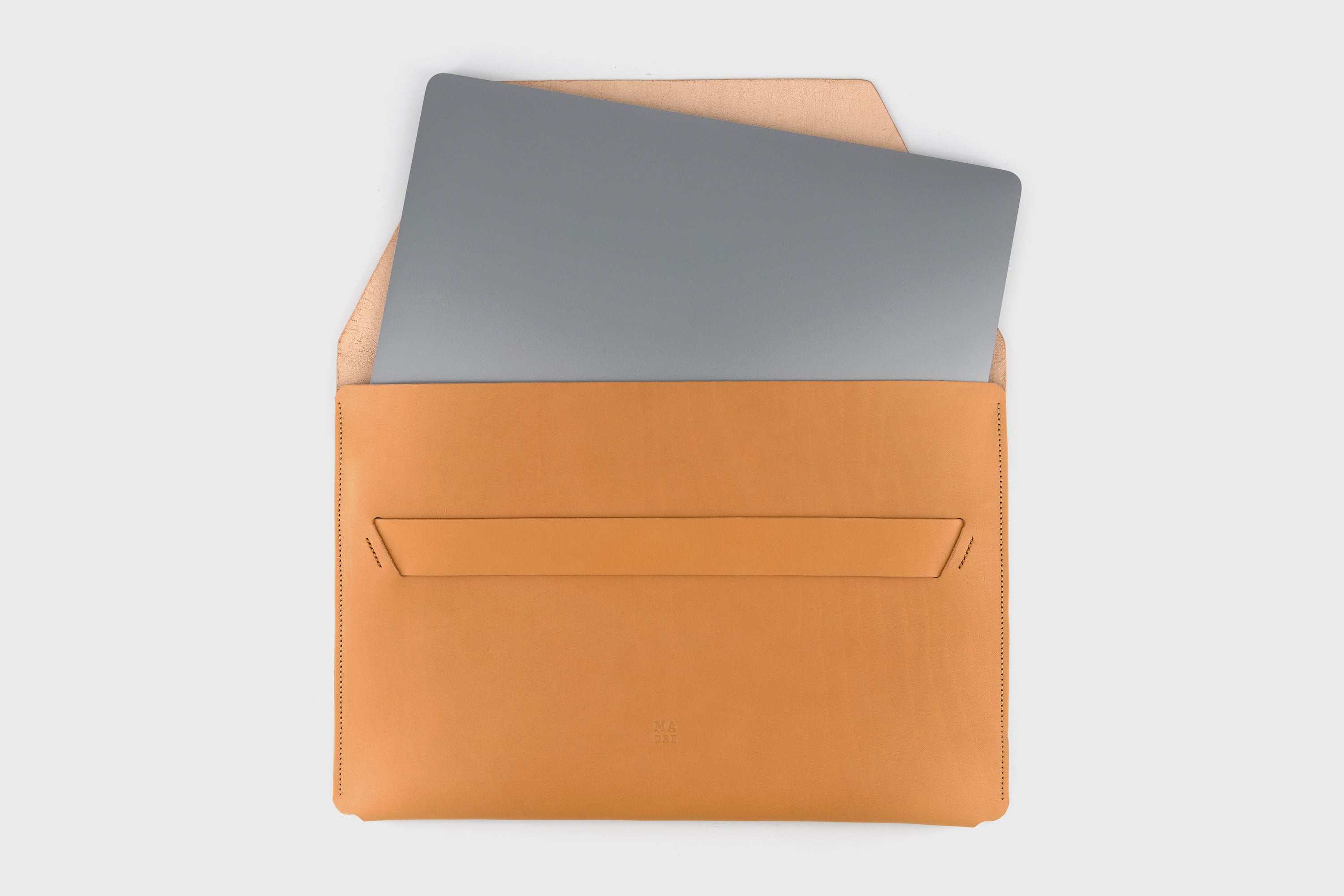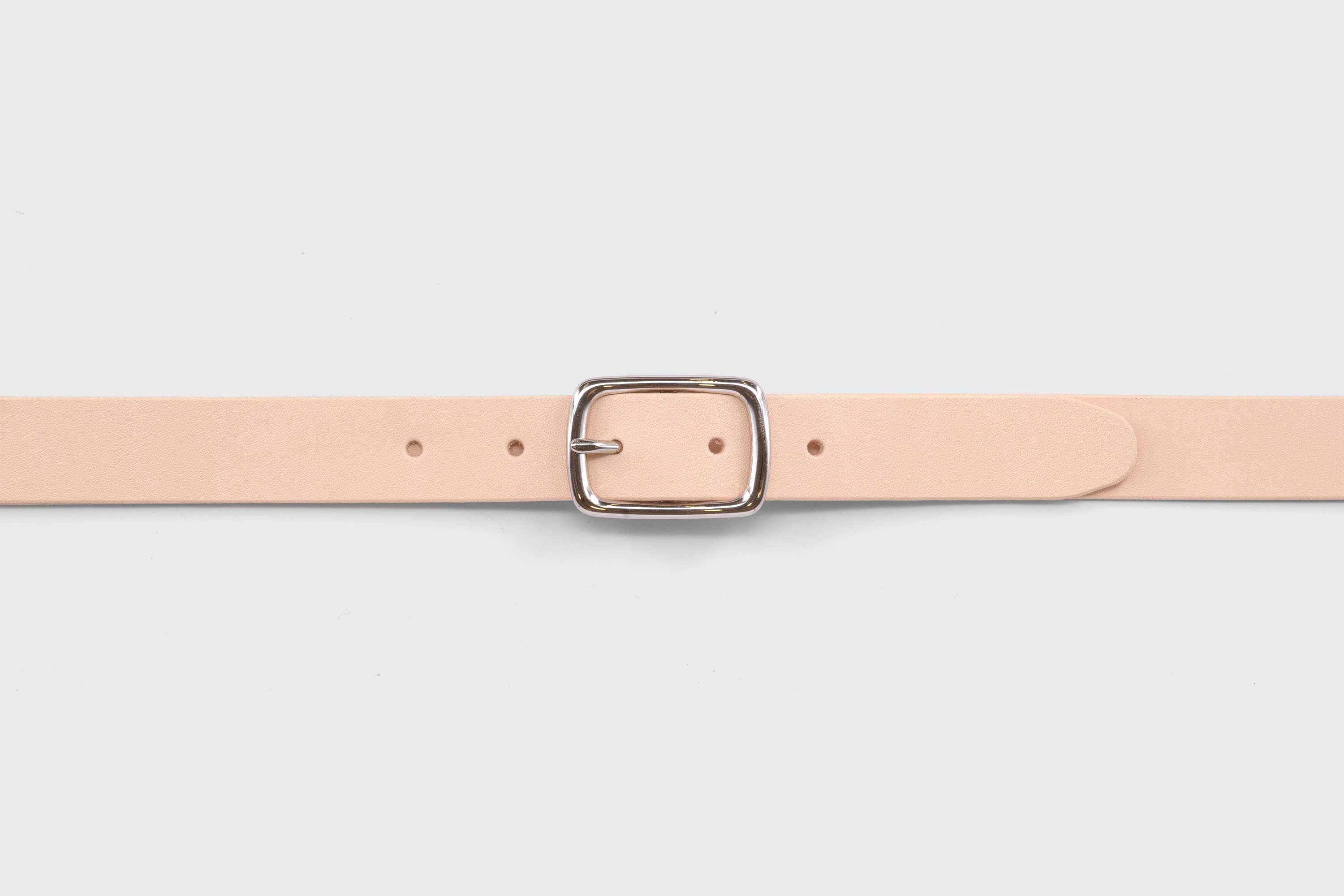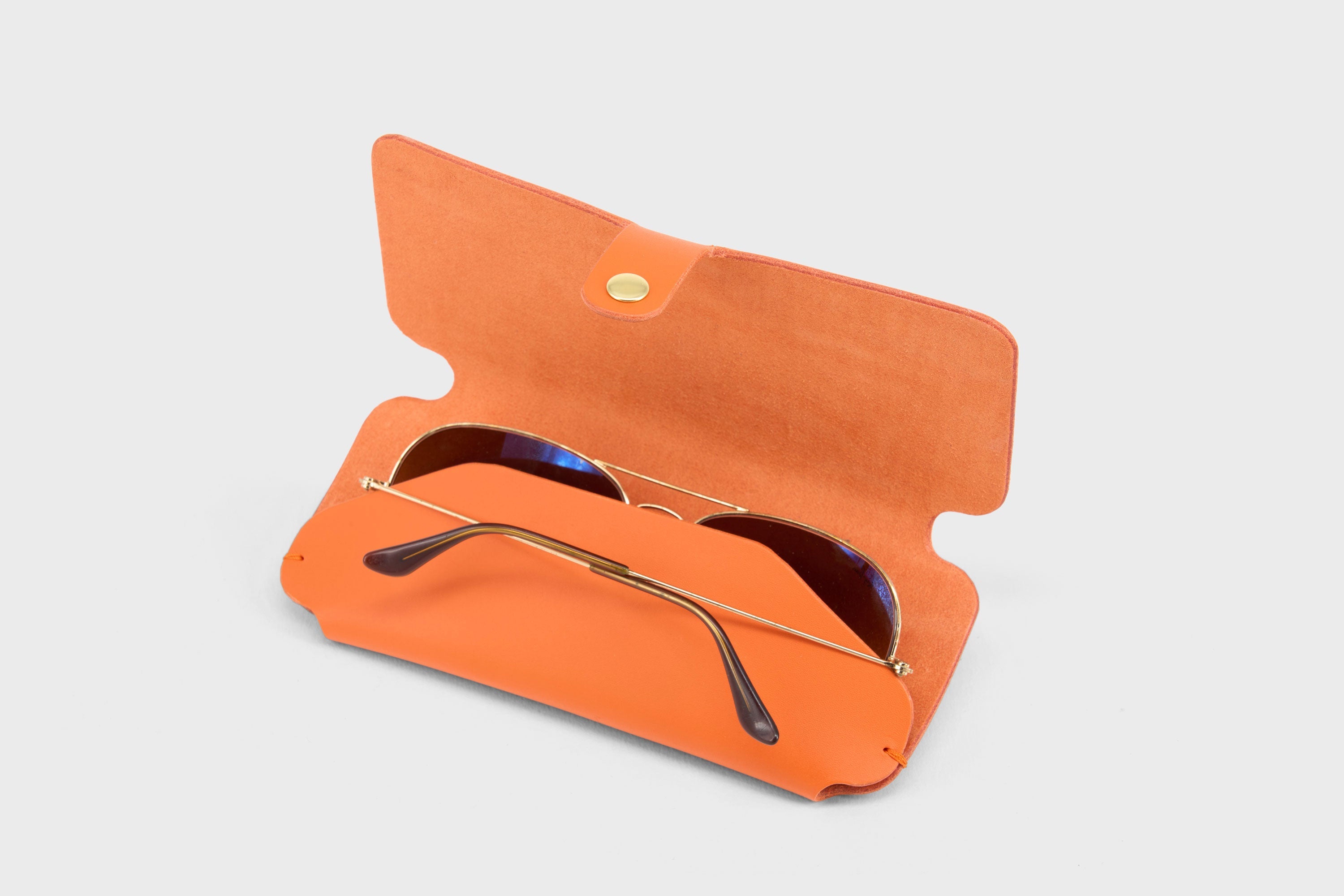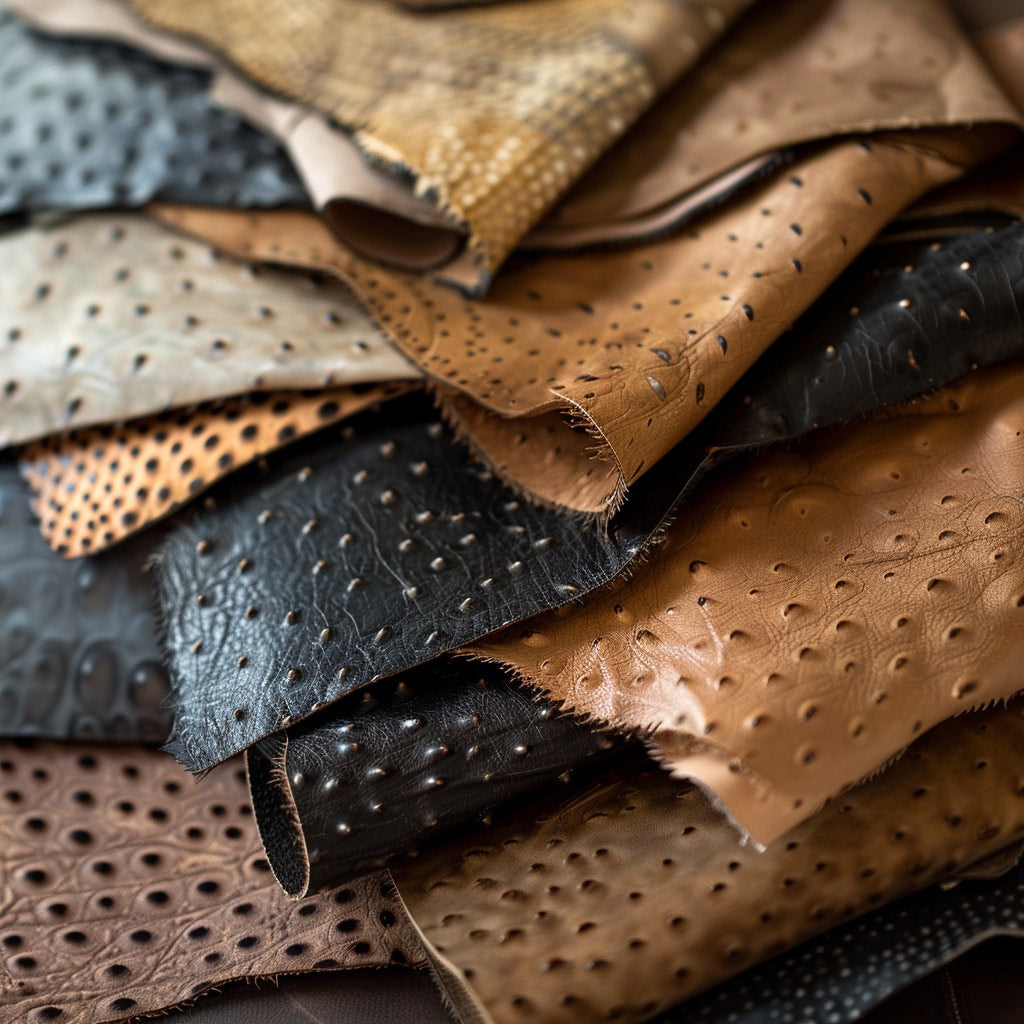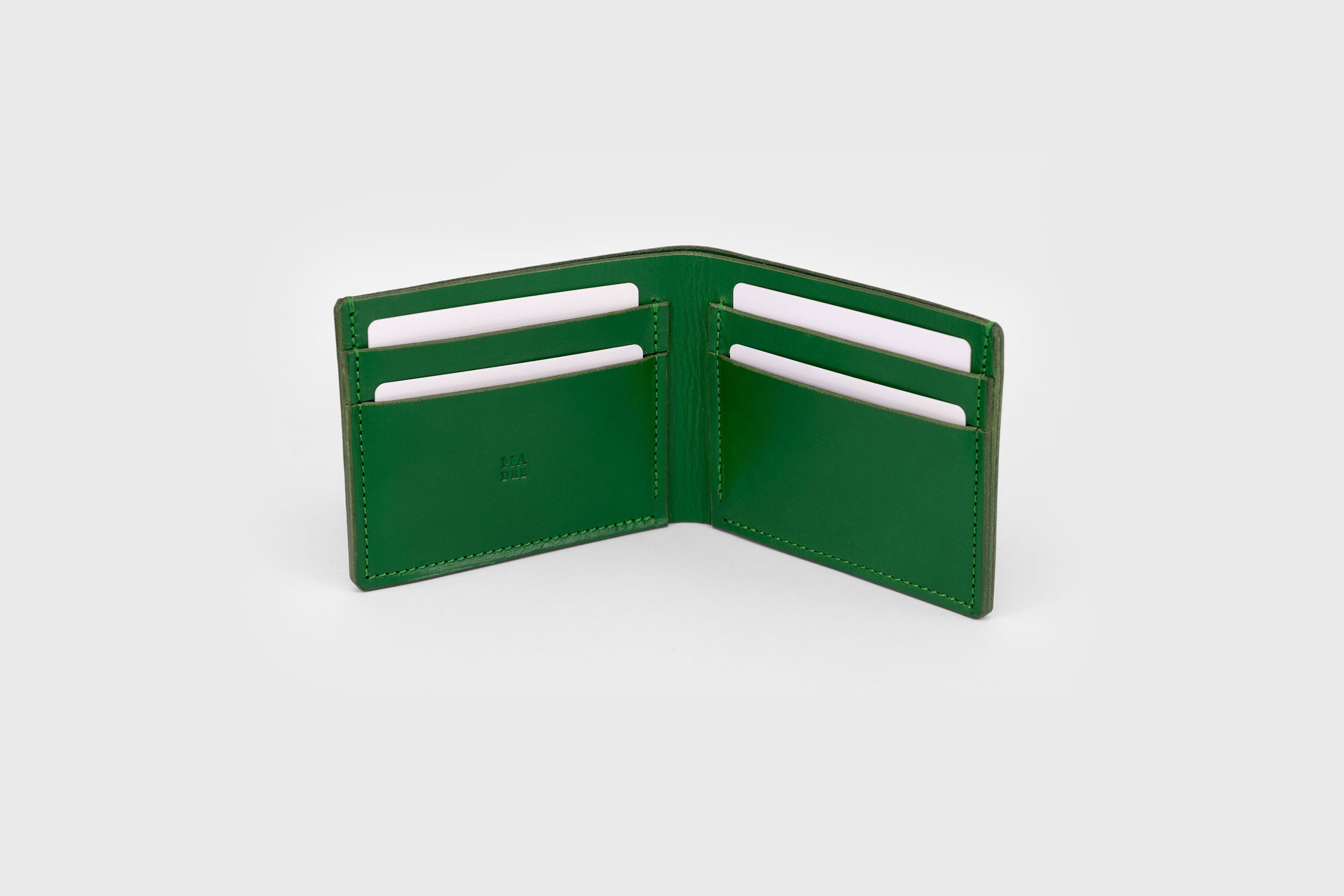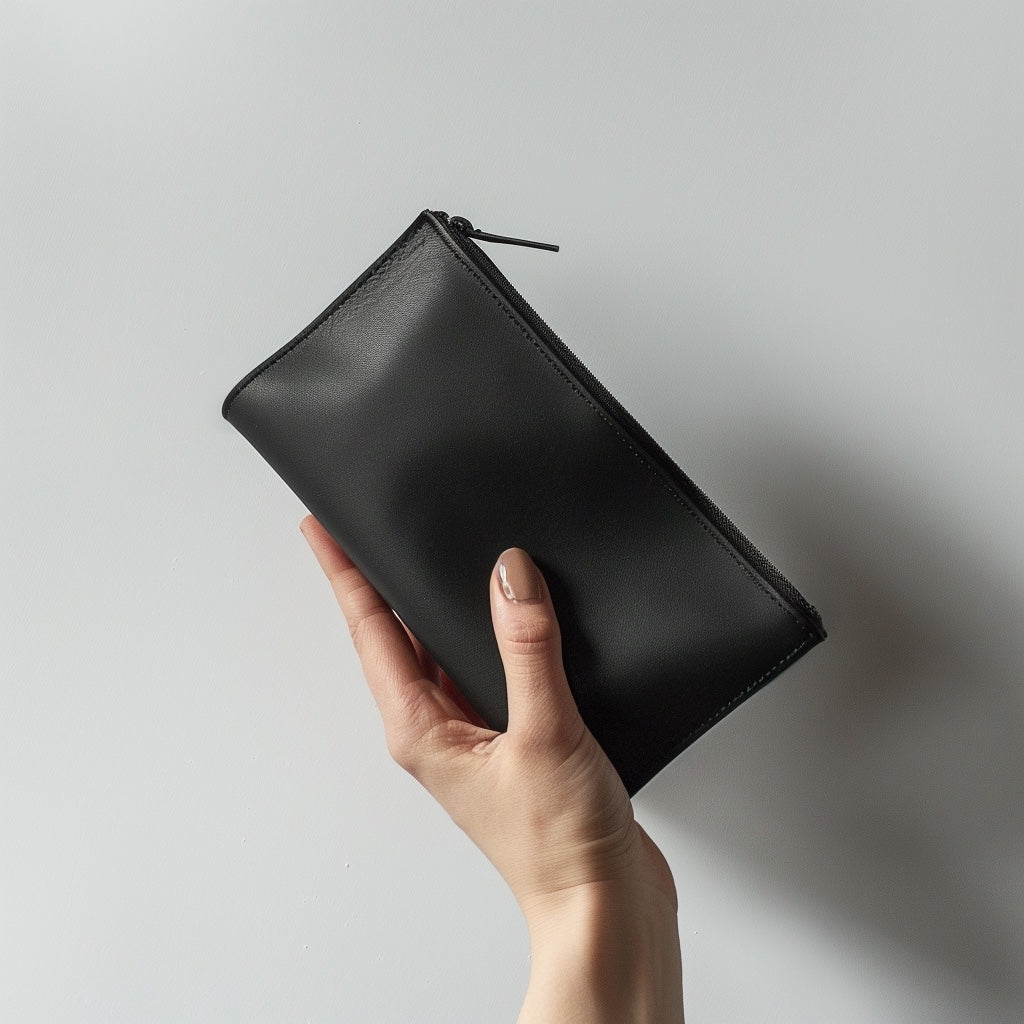
How to Soften Leather - The Fool-proof Way
Wondering why that gorgeous new leather jacket feels a bit like you’re wearing cardboard on your first outing? Or why those killer leather boots start off more like mediaeval torture devices than footwear? Dont worry. Leather, in all its glory, often starts off stiff enough to rival a two-by-four. But fear not, because softening up that leather doesn’t have to be a battle.
In this blog, we’re diving into the nitty-gritty of leather softness—why your new leather treasures start stiff, how they’re made, and, most importantly, how to get them supple and comfy without waiting for a natural break-in that feels like an eternity. Whether it’s that swanky new bag, the belt that could double as a samurai sword, or the aforementioned jacket and boots, we’ve got the insider tips to turn them from stiff to sublime.
So, grab your leather goods (no, not literally—put that sofa down), and let’s get them feeling like they should: soft, luxurious, and ready for a cozy cuddle (or a night out, you decide). Ready to transform your leather from tough to terrific? Let’s get cracking!
Understanding Different Types of Leather and Their Stiffness
Before we roll up our sleeves and get into the softening tricks, let’s take a quick detour through the land of leather types. Not all leather is created equal, and knowing what you’re working with can save you a ton of time and possibly some heartache.
1. Full-Grain Leather
This is the VIP of the leather world. Full-grain leather is the real deal—top layer of the hide, all natural marks and grain intact. It's tough, it's durable, and yes, it can be as stiff as your grandpa’s upper lip. But its quality is unmatched, and it ages gracefully.
2. Top-Grain Leather
Think of top-grain as full-grain’s slightly more refined sibling. It’s still high quality, but it's been sanded down to remove imperfections, making it a bit less stiff and a tad more flexible. It's the middle ground for those who want durability without the workout that full-grain gives you.
3. Genuine Leather
Now stepping down a bit, we have genuine leather. It sounds fancy, but it’s actually more of a catch-all term for anything that’s technically real leather but doesn't make the top-tier cut. It’s often from lower layers of the hide and can be a mixed bag in terms of stiffness.
4. Bonded Leather
Here’s the patchwork quilt of the leather family. Bonded leather is made from leftover scraps all mashed together. It’s the least stiff but also the least durable—good for a budget, not great for an heirloom.
5. Suede
Last but not least, suede. It’s made from the underside of the skin, which means it’s naturally softer and more pliable. No stiff contests here; suede starts off soft and stays that way.
Knowing your leather type not only helps you understand why it feels like you’re lugging around a wooden plank (or not), but it also guides you on how to properly care for it. Next up, let’s talk about how these different types of leather come to be and why they might start off feeling less than cuddly.
From the Tannery to You: How Leather's Origin and Treatment Affect Stiffness

Now that we’ve nailed down the different types of leather, let’s peel back the layers on how they’re processed. Understanding this journey not only gives us a peek into the craftsmanship behind our favourite leather goods but also clues us in on why some leather feels like it needs a workout plan to break in.
1. Source and Type of Animal
The type of animal and even the specific part of the hide used play a big role in the leather’s initial stiffness. Cowhide, which is commonly used for items like jackets and boots, tends to be thicker and stiffer. In contrast, leather from goats or sheep is usually softer and more pliable, making it ideal for clothing and smaller accessories.
2. Thickness of the Leather
The thickness of the leather directly impacts its flexibility. Thicker leather, often chosen for its durability, starts off stiffer. This is great for goods that need to withstand wear and tear but means a longer break-in period. On the flip side, thinner leather is quicker to soften and mold to your needs, though it may not stand the test of time as well.
3. Tanning Processes
The transformation from raw hide to finished leather involves tanning, a crucial process that stabilizes the proteins in the hide, making it durable and less prone to decay. There are various tanning methods:
Vegetable Tanning: This traditional method uses natural materials and often results in a stiffer leather that ages beautifully
Chrome Tanning: More modern and much faster, chrome tanning produces softer, more color-consistent leather suitable for a wide range of uses.
After tanning, some leathers are further treated through tumbling—a process that physically softens the material by rotating it in drums. The tumbling action flexes the leather, breaking down stiffness and enhancing softness.
4. Finishing Touches
Post-tanning treatments and finishes can also affect stiffness. Leathers may receive coatings for color, texture, or water resistance, each adding a layer that can influence how stiff the leather feels initially. More natural finishes typically allow the leather to retain more of its inherent flexibility, whereas heavier finishes might stiffen it.
Understanding these foundational elements sheds light on why your new leather jacket might feel armor-like or why that wallet quickly forms to your touch. With this knowledge in hand, we can now dive into the best practices for softening your leather goods, ensuring they become as supple as intended without damaging their integrity. Ready to give your leather items some TLC? Let’s move on to the practical, hands-on tips!
Softening Leather with Leather Conditioner

Tools and Materials Needed
Before we start softening your leather items, it's important to gather the right tools and materials. Using the correct supplies will ensure that the softening process is effective and that your leather stays in great condition. Here’s what you’ll need:
Essential Tools:
- Soft Cloth: For gentle application of conditioners and creams.
- Leather Cleaner: Cleans the leather to remove any dirt and debris before conditioning.
- Leather Conditioner or Cream: These are essential for moisturizing and softening the leather.
- Mild Heat Source (optional): A hairdryer on a low setting can help the conditioner penetrate more effectively by slightly warming the leather.
- Soft Brush: Especially useful for suede or napped leathers that require delicate handling.
Optional but Helpful:
- Leather Softening Agent: If you're dealing with particularly tough leather, a specialised softening agent can help ease the process.
- Waterproofing Spray: Useful if the leather item will be exposed to the elements, helping to protect it after softening.
- Mink Oil or Neatsfoot Oil: These natural oils are great for deep conditioning and also add a layer of weather resistance.
Now that you have your toolkit assembled, you’re prepared to begin the process of transforming stiff leather into something more pliable and comfortable to use. Always remember to use products that are specifically designed for leather to avoid damaging your items. Let's move on to the step-by-step guide on how to soften leather effectively.
Step-by-Step Guide to Softening Leather
Softening leather can greatly enhance its comfort and flexibility. Follow these steps to ensure you treat your leather items gently and effectively:
1. Cleaning the Leather
Begin by cleaning the leather to remove any dirt or oils that have accumulated on the surface. Use the leather cleaner and a soft cloth to gently wipe down the item. Make sure it's completely dry before moving to the next step.
2. Applying Conditioner or Cream
Take a small amount of leather conditioner or cream on your soft cloth. Apply it evenly across the surface of the leather, using circular motions to ensure it's well distributed. Don't overapply—less is more, and you can always add more if needed.3. Working the Product into the Leather
Continue to work the conditioner or cream into the leather with your cloth. This helps to moisturize the fibers deeply, making the leather more supple. If you’re using a heat source like a hairdryer, now is the time to gently warm the leather to help the conditioner penetrate more deeply. Keep the dryer moving and at a safe distance to avoid overheating any area.4. Allowing the Leather to Absorb the Conditioner
Once you've applied the conditioner, let the leather sit undisturbed for at least a few hours or overnight if possible. This gives the leather ample time to absorb the conditioner and begin the softening process.5. Buffing and Additional Treatment
After the conditioner has been absorbed, take another clean cloth and buff the leather to remove any excess conditioner. This also helps to bring out a natural shine. If the leather is still not as soft as you’d like, you may repeat the conditioning process or apply a leather softening agent for tougher cases.6. Final Touches
If needed, apply a waterproofing spray or another protective finish depending on the intended use of the item. This step is optional but recommended for items that will be used outdoors.By following these steps, you can significantly soften your leather goods, enhancing both their feel and functionality. Regular maintenance will keep them in good condition and prevent them from returning to their original stiffness. Ready to enjoy your newly softened leather? Let’s ensure it stays that way with some ongoing care tips.
Alternative Softening Agents: Oils and Vaseline
While conventional leather conditioners are widely recommended, there are other everyday items that can also effectively soften leather. Two such alternatives are various natural oils and Vaseline (petroleum jelly), each offering unique benefits depending on the leather's condition and your available resources.

Using Oils to Soften Leather
Natural Oils such as mink oil, neatsfoot oil, and coconut oil are fantastic for deep conditioning. They penetrate the leather, making it more flexible and adding a layer of moisture protection.
Application Tips: Start by cleaning the leather to remove any surface dirt and debris. Using a soft cloth, apply a small amount of oil in circular motions. Allow the leather to absorb the oil; this could take a few hours. Once absorbed, buff off any excess oil with a clean cloth. Be mindful of the amount — too much can oversaturate the leather, potentially darkening it or altering its texture.
Using Vaseline to Soften Leather
Vaseline, while milder than most oils, is effective for gently softening leather items that are slightly stiff but not overly dry or cracked
Application Tips: Clean the leather thoroughly before application. With a soft cloth, apply a small dab of Vaseline, working it into the entire surface of the leather. Allow it to sit and penetrate for a few hours, then buff off the excess with another clean cloth. This will prevent the leather from becoming sticky and will help maintain a smooth finish.
Maintaining Soft Leather
Once you've successfully softened your leather items, maintaining their suppleness and condition is key to ensuring they last and continue to look great. Here are some tips to help you keep your leather in top shape:
1. Regular Conditioning
Just like skin, leather needs regular moisture to stay soft. Schedule a routine conditioning every few months, depending on how often you use the item and the environment it's exposed to. This prevents the leather from drying out and becoming brittle.
2. Proper Storage
Store leather goods in a cool, dry place away from direct sunlight or heat sources, which can dry out and crack the leather. If possible, use breathable fabric bags for storage to prevent dust accumulation while allowing air circulation.
3. Avoiding Water Damage
While it’s necessary to keep leather moisturized, too much water can be harmful. Avoid getting your leather items too wet, and if they do get damp, allow them to air dry naturally away from heat sources. After drying, apply a light coat of conditioner to restore moisture.4. Regular Cleaning
Keep your leather items clean by wiping them with a soft cloth regularly to remove surface dust and dirt. For deeper cleaning, use a leather cleaner that is appropriate for the type of leather you are dealing with. Always follow up with a conditioner after cleaning to replenish lost oils.5. Handling with Care
Be mindful of how you handle and use your leather goods. Avoid overstuffing bags or wallets, which can stretch the leather and cause deformations. Similarly, prevent sharp objects from coming into contact with your leather items to avoid scratches and punctures.By following these simple maintenance tips, you can ensure that your leather stays soft, strong, and functional for years to come. Caring for leather may require a bit of effort, but the payoff is well worth it when you see how well your items age and mature, just like a fine wine. Now that your leather is soft and well-maintained, you're all set to enjoy its enhanced beauty and comfort!
Alternative Softening Methods
While conditioning and proper care are key to softening leather, there are other natural and effective ways to achieve that desirable suppleness. Here's a look at some alternative methods that can help break down the fibers of your leather goods, making them more comfortable and pliable.
1. Wear It Often
The simplest and most natural method to soften leather is just to use it. Regular use helps the leather adapt to your movements and body shape, gradually loosening up the fibers. Whether it's a pair of shoes, a belt, or a jacket, the more you wear it, the softer it will become.2. Bend and Manipulate
For items like belts and bags that aren't worn as frequently, manually bending and twisting the leather can help soften it. This method mimics the natural wear process by stretching the fibers. Be gentle, though; overdoing it can cause the leather to weaken or crack.3. Stuffing for Shape
For bags and shoes, stuffing them tightly with newspaper or fabric can help stretch the leather gently and uniformly. This is especially useful for shoes that feel tight or bags that need to retain a certain shape as they soften.4. Apply Controlled Heat
Applying mild heat with a hairdryer can help make the leather more malleable, especially right after conditioning. The warmth helps the fibers relax and absorb the conditioner more deeply. Keep the dryer at least 6 inches away from the leather surface and use a low heat setting to avoid damage.Each of these methods can be effective, but they work best when combined with regular conditioning and proper maintenance. By integrating these techniques into your leather care routine, you can ensure your leather items not only soften quicker but also maintain their integrity and appearance for years to come.
Conclusion
And there you have it, a comprehensive guide to softening leather. Whether you're conditioning, wearing, or gently warming up your favorite leather goods, each approach plays a role in transforming stiff leather into a soft, comfortable material that moves with you.
Remember, the key to successful leather softening lies in patience and persistence. Leather is a natural material that responds to care and attention, so the more you nurture it, the more it will reward you with durability and comfort. Embrace the process and watch as your leather items improve with age, developing a rich patina and unique characters that are truly your own. Each mark and crease tells a story, adding character and charm to your product.
We hope this guide has been helpful and has inspired you to treat your leather goods with the love and attention they deserve. Keep nurturing your leather, and it will continue to reward you with durability, style, and comfort.


